2,000 Miles, One Van, and a Question I Couldn’t Shake
Going back to California to show my son the places that shaped me forced me to rethink everything I knew about home
In January, we rented a camper van for a month and drove over 2,000 miles back to the California coast to the place we once called home. I’ve been avoiding writing about this trip and I’m trying to figure out why. Maybe because my travel journal is a mess of scattered thoughts and emotions, like puzzle pieces that don’t quite fit. But mostly, it’s because I haven’t been ready to face the grief.
Grief for a life I don’t yet have. A life by the sea—the waves in my ear and the salt on my skin and the sun and the gulls and the palms. And see, there I go, my heart aching just thinking about it. The longing moves through me like an undulating wave, leaving me restless and heavy all at once. I look outside my window now, and the bare winter trees blur into the mountains that are always blue, swallowing the horizon whole.
Just the other day, I was hiking through the brush and brambles of my friend’s mountain property when I pulled a tangle of blackberry thorns from my thrift-store sweater. Then I looked up, and the mountains, stretching out in their endless blue, took my breath away.
“I’ve never seen them so blue,” I said.
I can hold awe for this place I now call home while still carrying a longing for the one I left behind—a place where the ocean was always within reach, where my pockets were forever full of sand, where seashells lined every surface of the house.
When we first moved to this little mountain town in North Carolina, we never strayed too far for too long. We kept returning to California, orbiting it like a moon. My husband even wrote a song about it called California Strays, and it still wrecks me every time I hear it.
But then the pandemic happened. Then I got pregnant. And suddenly, five years had passed since we’d last seen the Pacific.
As my son grew, so did the pull—the craving for the sand and the sea, for landscapes that shift and change all within a single day. It became a deep hunger, a distraction so consuming that I couldn’t think about anything else.
Like everything I do, every impulse I follow, there was meaning behind this pull. This was about bringing my son back to the places that shaped us, that broke us and held us and built us. The places that hold the stories of our lives before him—before each other. The places where we carved hope from nowhere, where we learned to make something beautiful out of the nothing we’d been handed.
And maybe, in some way, I took this trip to see if there was still a place for me there. To see if my soul still belonged.
I knew I had to get back to California. But I had no idea how. Flights were expensive. Logistics felt overwhelming. And the thought of rushing through something I needed to feel deeply didn’t sit right. So I waited. I searched.
And then I found Raft Tiger Vans.
Not just any rental, but Raquel—a van so intentionally designed, so full of care and thought, that it felt like a home. She was the missing piece I didn’t know I needed. The thing that made the whole trip possible.
We had a queen bed so comfortable I never once woke up with a backache—something that happens almost every morning at home. A kitchen setup with a stove, fridge, and spice rack so we could cook fresh meals wherever we were. A compostable toilet and a hot water shower, because after long beach days and dusty desert hikes, those small comforts meant everything.
But it was the details that made her special. Reading lights for late-night journaling and whispering poems to my son before bed. A swivel laptop table so I could write while looking out at the ocean. Twinkle lights that turned ordinary nights into something magic. An awning for shade, giving us a front-row seat to landscapes that had once filled our dreams.
Raquel was so much more than just a van. She was freedom. She was ease. She was the space we needed to slow down, to be present without worrying about what came next. Because this trip wasn’t just about miles traveled—it was about returning to something that still had a hold on me.
We drove across the country, sleeping in parking lots, wandering through record stores and roadside trinket shops, collecting memories as we went.
Once in California, we drove north through Steinbeck country, up, up, up until we reached Kerouac country, stopping in Bodega Bay at a campground where the bay stretched out on both sides, wrapping us in water.
God damn, what a rush.
We visited Jenner, a breathtaking spot perched on the edge of the Russian River, and told our son how our travels had led us here time and time again over the years. We always ask ourselves what it is about this place that keeps calling us back. The answer lies somewhere in how the river meets the sea and how it feels like an invitation to the life we almost had.
We went to San Francisco, where the rain hardly let up, and the fog was so thick we could barely make out the Golden Gate Bridge as we drove across it. Still, we tried to point it out to our son through the back window.
“Look up! Look! Isn’t it beautiful?”
That night, we saw our dear friend and muse, Gregory Alan Isakov, play an intimate show at Grace Cathedral. I swear my heart could’ve burst from the sheer beauty of it all. Gratitude swelled in my chest, that deep, anchoring kind that makes you feel like you’re exactly where you’re meant to be. I spent the whole show whispering thank you, thank you, thank you like a prayer.
We spent only a day in Carmel, and if I had one regret about this trip, it was that—just a single day in a place that deserved so much more. The white sand stretched wide, the Monterey Cypress trees clung to the cliff edges, their twisted branches shaped by wind and time. It was familiar and fleeting all at once.
The last time I visited my grandmother, she showed me a painting she had done of the Carmel coast—blue sky meeting blue water, everything blue, blue, blue. She had painted it with hands that shook violently from Parkinson’s, the brush strokes unsteady but full of memory. She told me the cypress trees reminded her of the places I had traveled, the places I always spoke about with longing. And standing there, looking out at the real thing, I wished we had more time. What a dream to have only caught a glimpse before moving on.
In the days that followed, we hiked through Los Osos, where the green hills tumbled toward the sea, and the air hung thick with salt and sagebrush. My son filled my pockets with smooth stones until they sagged under the weight. Later, as I lay in the sun at the water’s edge, he placed colored rocks on my body like an offering.
Then, finally, we made it to Carpinteria—the place I’d been yearning for the most. I walked the same stretch of beach I used to walk every day with my dog, Jackson. He ran toward the waves, black fur speckled with sand. His presence so pure it cracked something open in me, and that old, familiar longing rushed in.
I sobbed.
It was gratitude and it was grief at the same time.
This trip wasn’t just about my son. It was about Jackson, too. He turned ten in January. He was my first love, my firstborn. I rescued him as a five-week-old puppy from a man living behind a dumpster in the Mojave. I was supposed to leave for Europe for three months. I postponed the trip. I fed him puppy formula on my finger, carried him in my shirt through work meetings.
And now, his snout is graying. His eyes don’t hold the same bright spark they once did. I knew I had to bring him back. I needed to see him here, fully alive, chasing gulls in the place that held us both. I sifted through the damp sand, collecting sea glass while Jackson ran wild along the shore, his joy unshaken by time. Watching him, I felt it—that impossible ache of knowing nothing lasts forever.
The whole trip, I kept asking, “Why did we leave this place?” My husband offered answers, trying to give me something solid to hold onto, but I wasn’t really asking him. I was asking myself. I was asking the universe—searching for an answer that could satisfy my soul.
We made our way to Los Angeles, skirting the destruction left by the recent wildfires, visiting artist friends and writer friends, drinking too many matchas, and trying to soak in what little time we had. I wanted to lose myself in the city, to meet my younger self here—the reckless, wide-eyed twenty-something who went from impulse to impulse with shameless abandon. But there was no time, no energy.
LA as a meeting place for my past self will have to be its own trip someday—one for retracing old footsteps down familiar boulevards, drinking at the same bars, standing in the same dim-lit venues where bands once played the soundtrack to my rage and ruin and the strange, unshakable magic of my youth.
We left California through the Mojave, through the stifling town where I grew up—the place I’ve spent my whole life trying to outrun. I brought my son there, showed him the desert I once roamed, and introduced him to the people who saved me from the wreckage of my childhood more than once. But I avoided the meth lab where I was raised because I didn’t think either of us was ready to face it.
Not yet.
Saying goodbye to California always carries its own kind of hurt. It never gets easier. I thought of Lot’s wife in the old story from the Bible, how she turned to salt for looking back at the place she called home.
I looked back anyway.
All I saw was a ghost of a home that had never truly been mine, just echoes of who I used to be, slipping further from reach. Maybe that was a good thing. But if it was, why did it still feel like a loss?
This trip marked another kind of return. It was my first time back in the Mojave since my mother’s overdose, coinciding with the release of my memoir here on Substack. The Mojave holds everything I’ve tried to bury—the weight of memory, of things left unsaid, and all the demons that come with revisiting the past. But that’s a story for another post. If you’re interested in the memoir, I’m serializing it here for my paid subscribers.
We drove through Las Vegas at midnight, neon lights blurring past the windshield like stars. The next day, we stopped at Arches, what my son called the “red desert,” and felt the kind of quiet you can almost hear, the kind that wraps itself around you.
Our last stop before heading home was Denver, where we spent a few days with friends. One night, my friend hosted a gathering to celebrate women and their art—a space filled with creativity, vulnerability, and connection. I read from my writing and guided the group through a prompt designed to make them feel seen, held, and a little less alone. It was powerful. Profound. The perfect way to close out the trip.
By the end of the night, the snow was pouring down, and we huddled by the fire, wrapped in blankets, shivering as we talked about art, dreams, and the kind of people—and parents—we hoped to become, but, in so many ways, already were.
This trip had been burning inside me for years, waiting for the right moment, the right way to make it happen. The van—the right van—made it possible.
If you’ve ever longed for a trip like this, to go anywhere without worrying about where you’ll sleep, Raft Tiger Vans is the way to go.
But for us, Raquel wasn’t just a way to travel. She was a vessel for remembering, for healing, for returning—to the ocean, to my younger self, to the life I’ve been trying to build. She carried us across deserts and coastlines, over mountains and through rainstorms, through the past and into something new—an opening to the dream that’s been pulling us forward.
And now that I’m back?
I don’t think I’ll ever stop chasing the sea.
Here’s a list of some of the places we visited in California (and beyond)—each one holding a moment, a memory, a string of stories woven into the fabric of this trip:
Bodega Bay / Jenner
San Francisco
Carmel
Morro Bay
Los Osos
Carpinteria
Los Angeles
Mojave Desert
Las Vegas
Moab (Arches National Park)
Denver
I’m thinking about putting together a mini travel series—pulling from the journal I kept along the way. It’s messy, fragmented, but so is life on the road. It’s a glimpse into what it means to travel, to mother, to write, to return to the past, and to chase a dream even when you don’t quite know where it’s leading.
I’d include stories, reflections, and the behind-the-scenes moments that didn’t make it into this piece paired with video footage and photos as a companion to the words.
Would you be interested in something like that? Let me know in the comments.
P.S. After five years of rejection, my memoir is finally making its way into the world—one chapter at a time, right here on Substack. And it all kicks off with this prologue…
Prologue: The Storm at the Door
*Audio player is located at the end of the chapter. Scroll down to play.






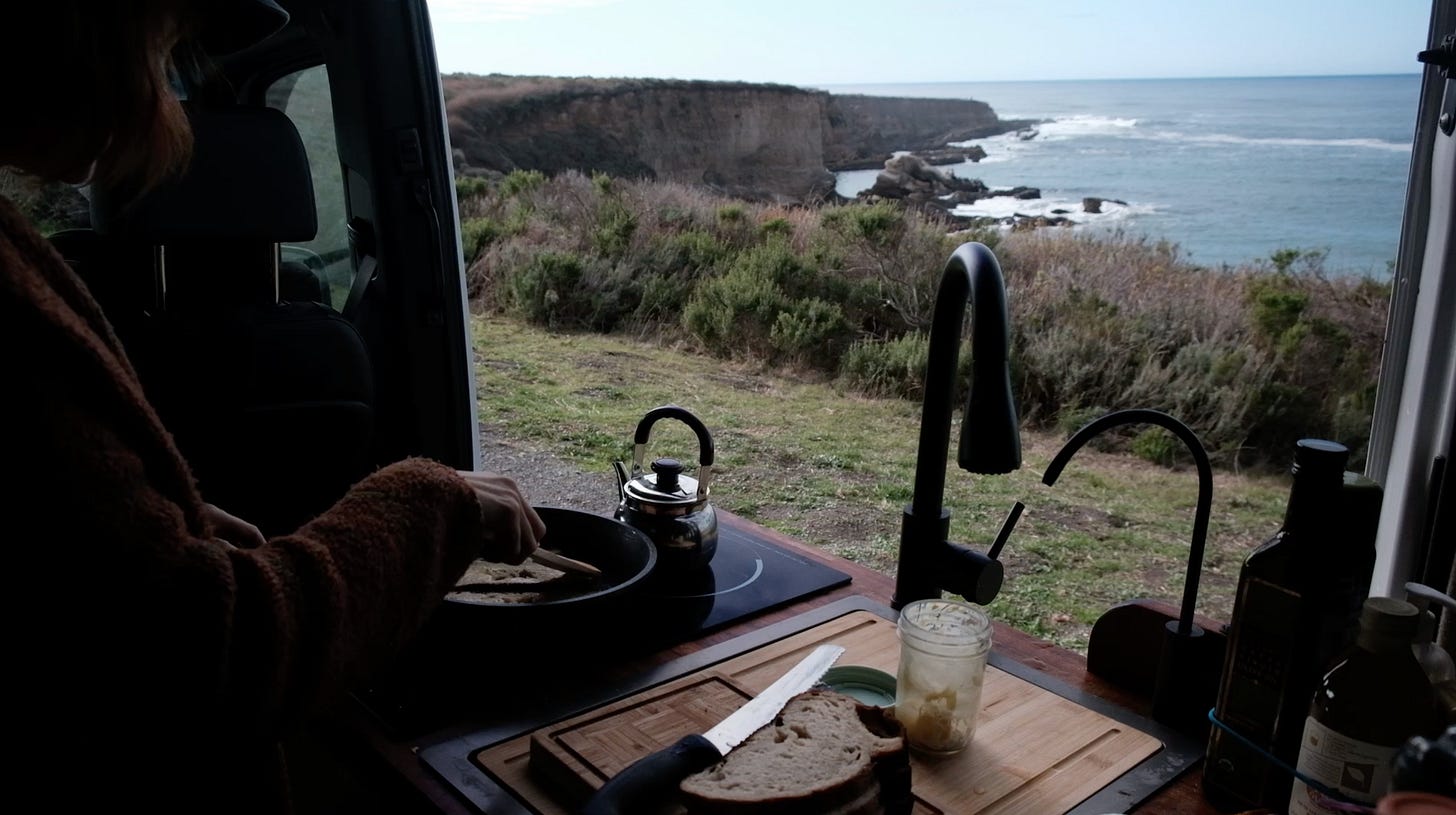





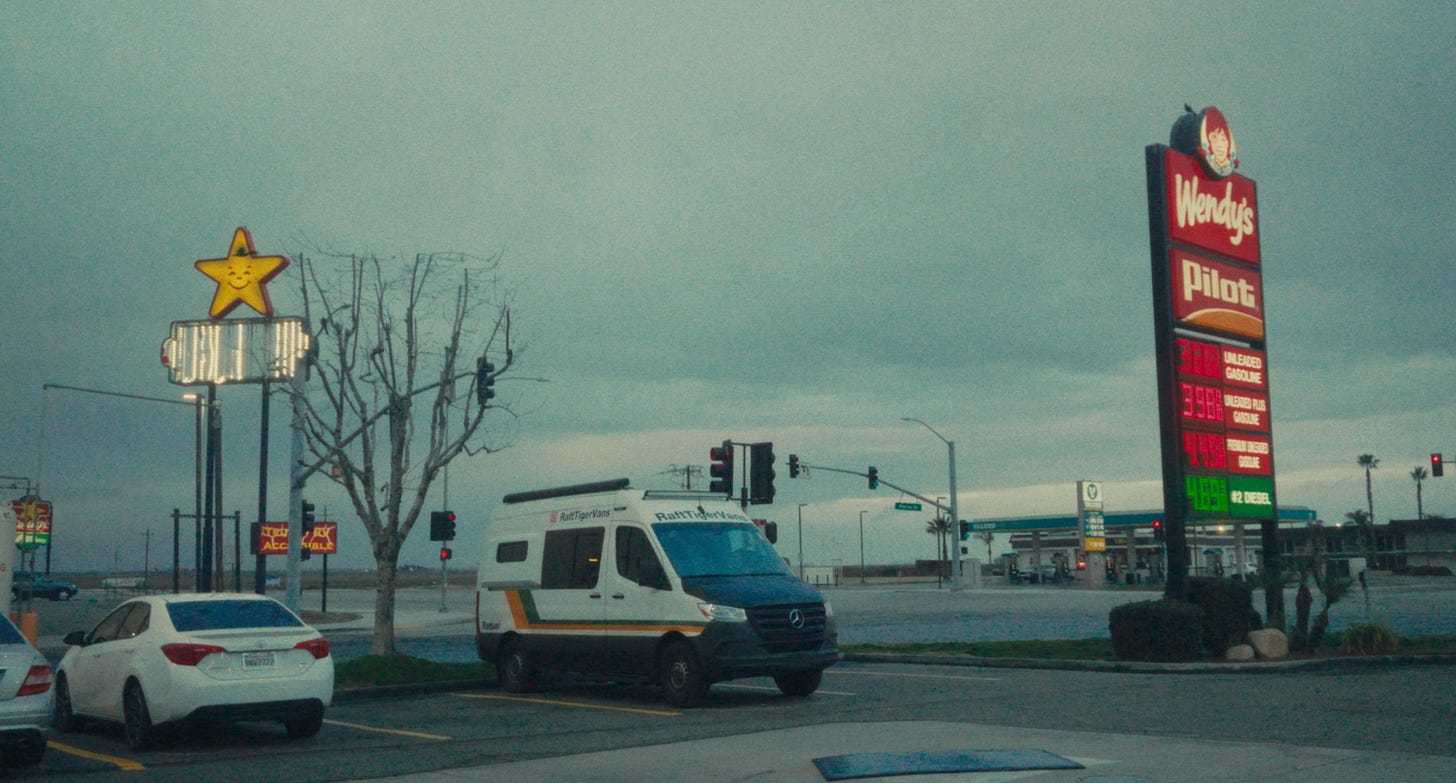


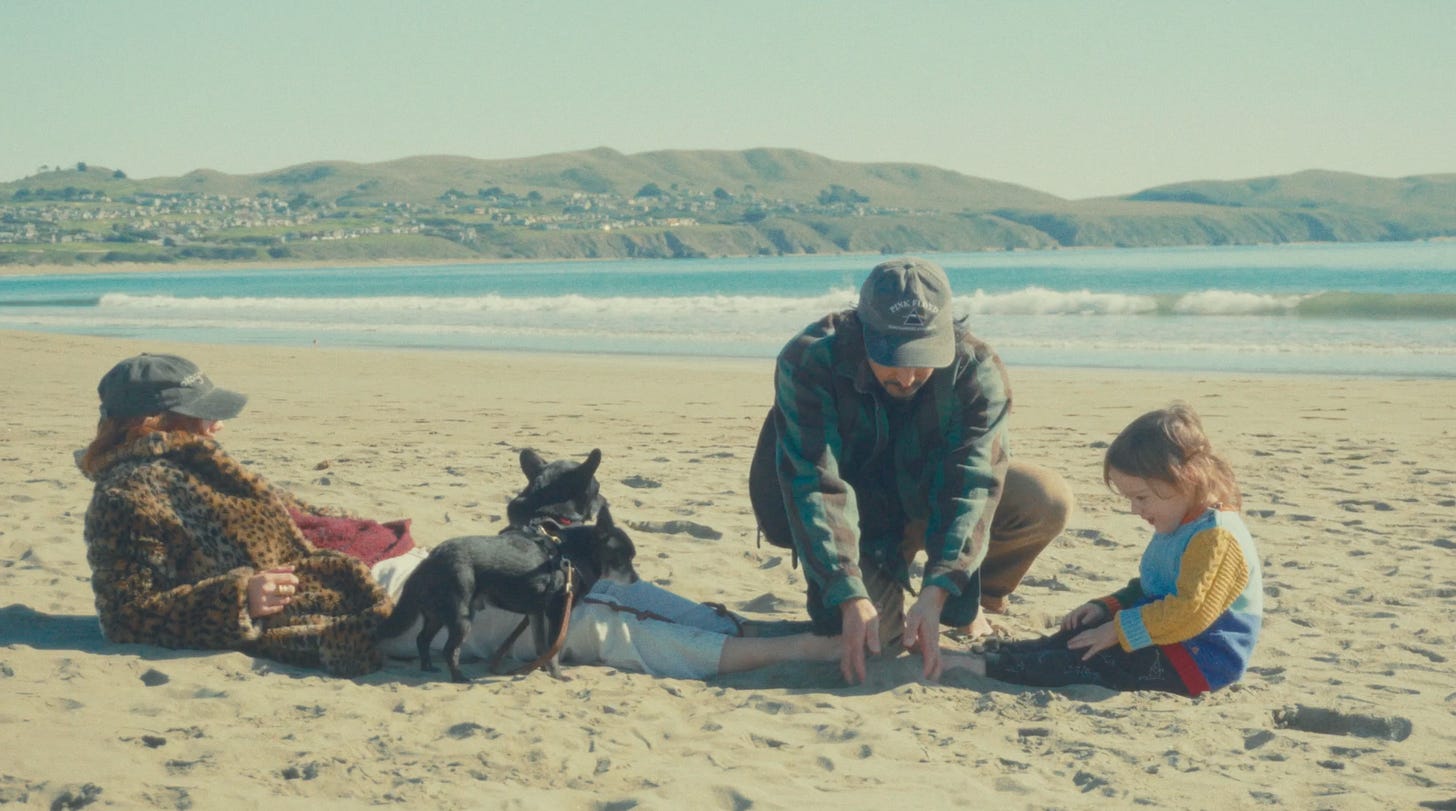


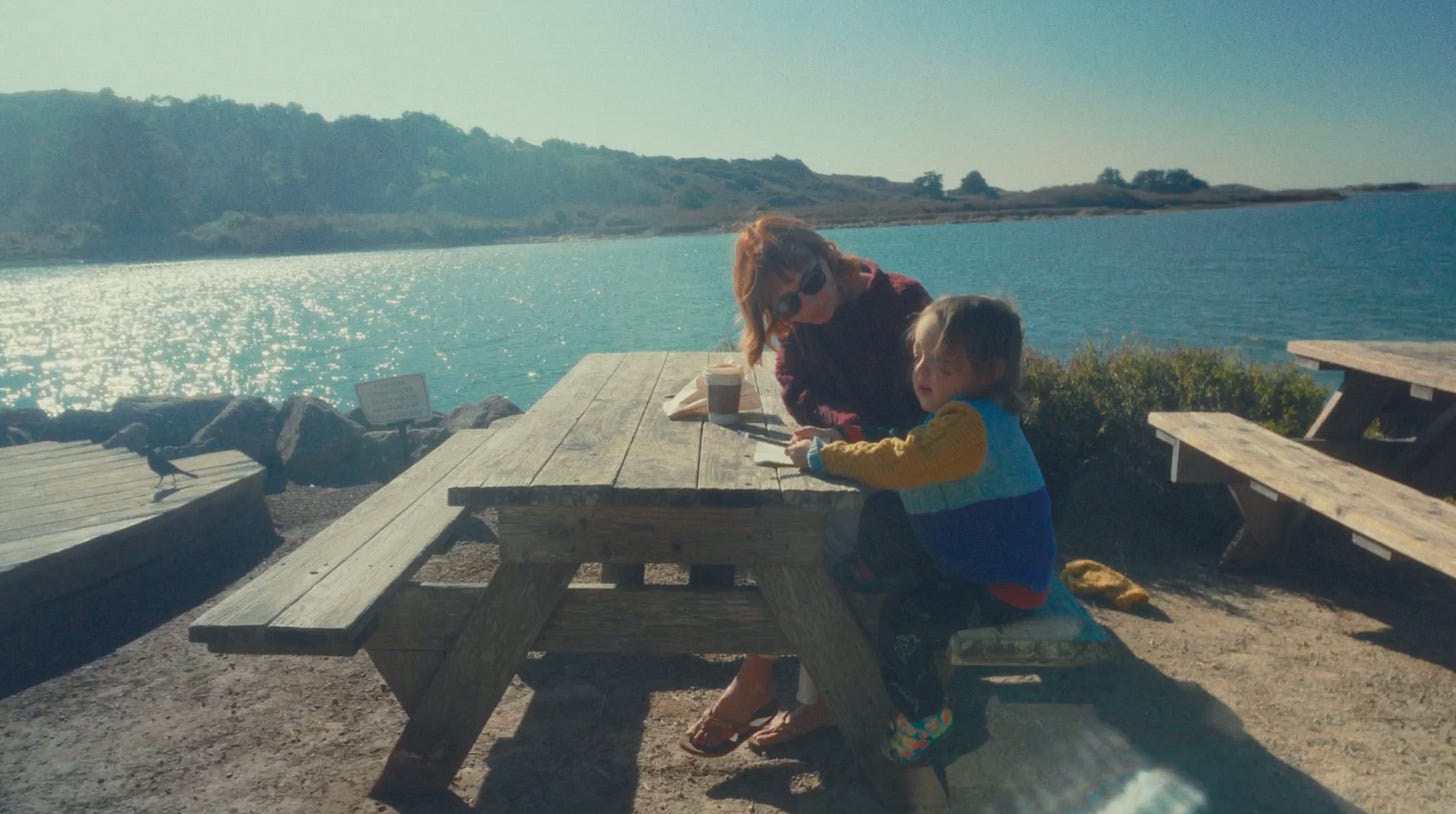










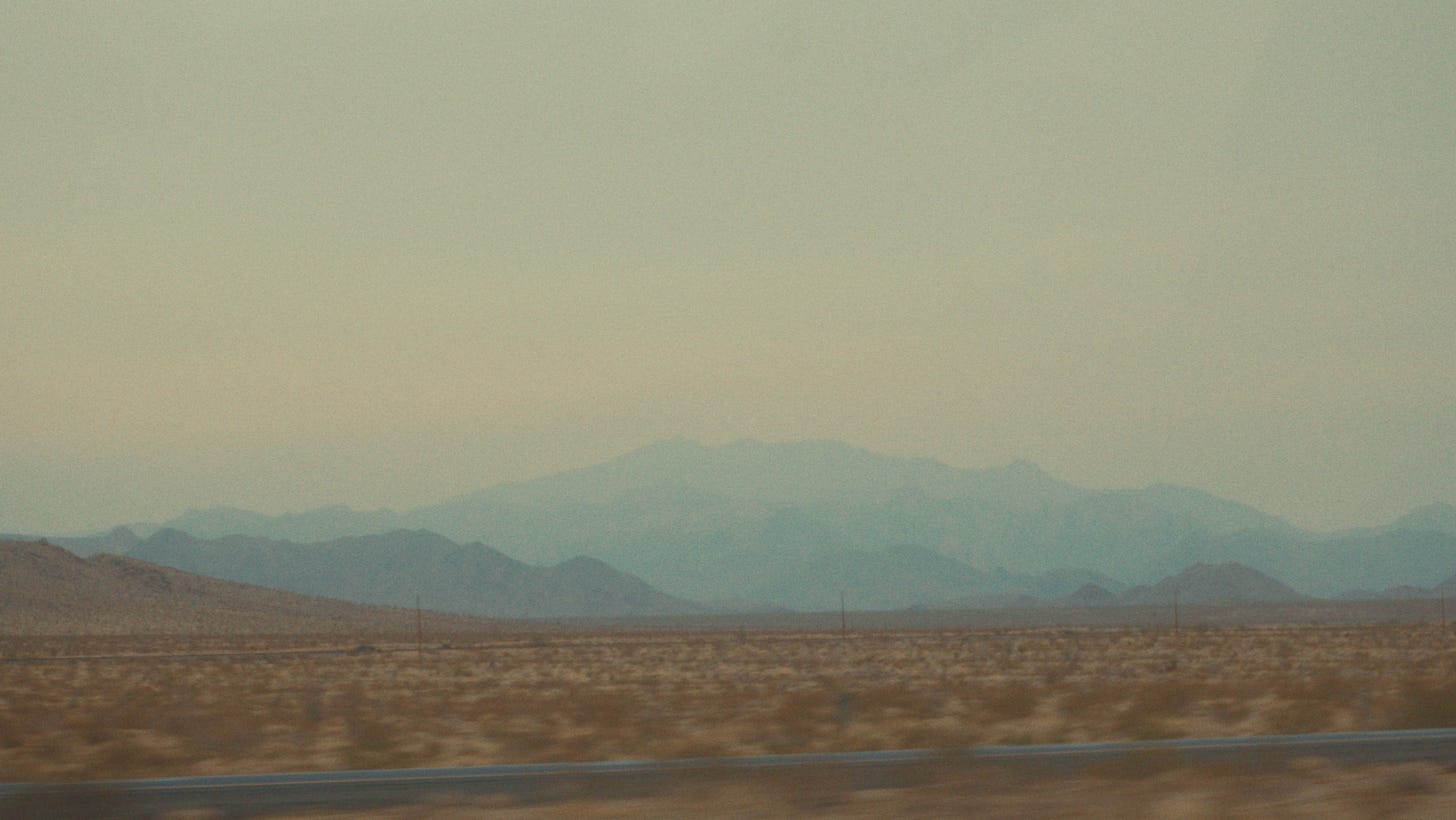


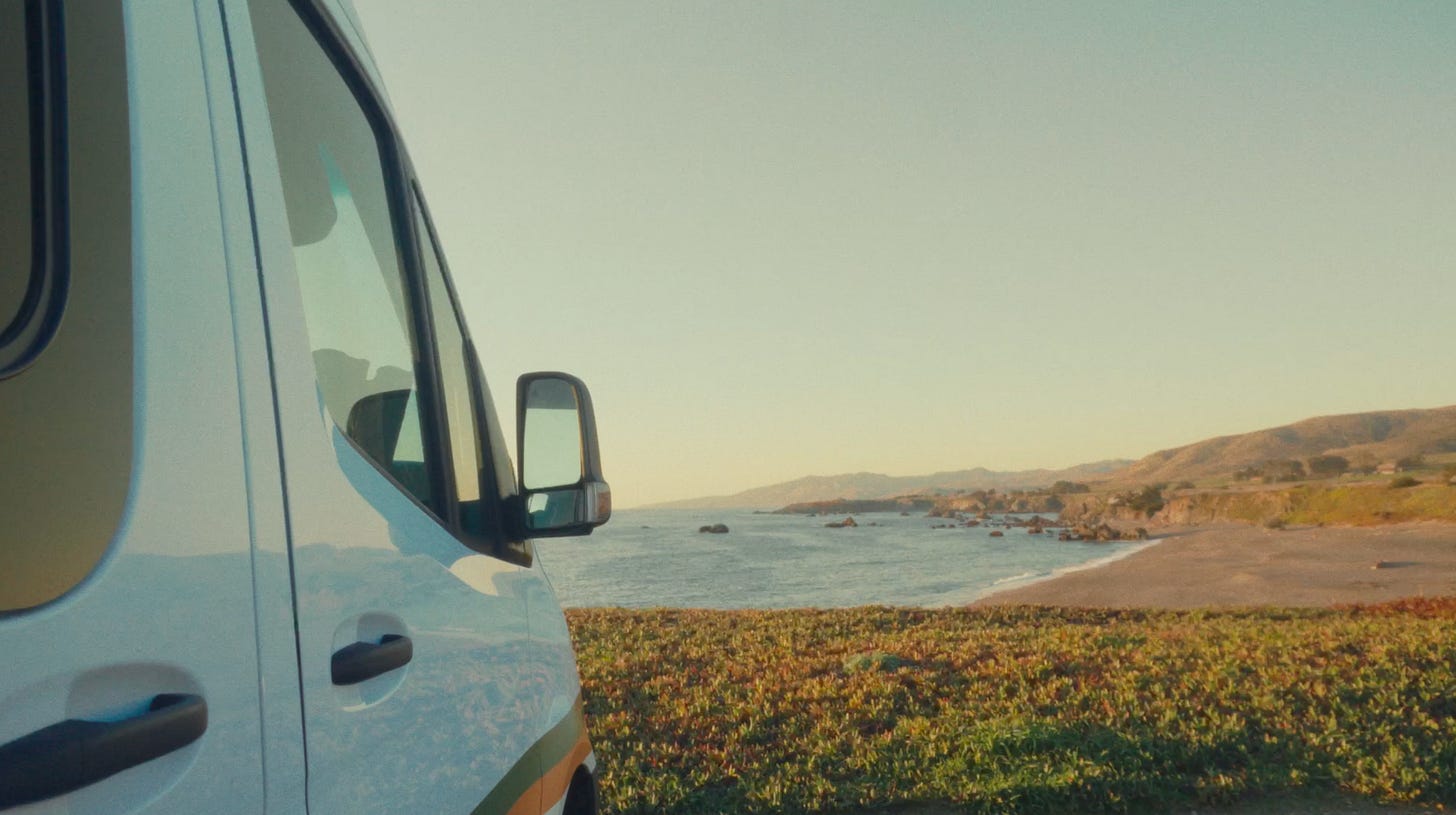


Beautiful story. I really enjoyed reading about your journey. Thank you
I loved reading this. I’ve visited Morro Bay and Cambria and Santa Barbara for the first time last month and I get the appeal of California now. I never understood it before.